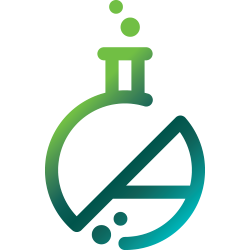We all have cues in our lives that prompt us to carry out certain behaviors, like putting a seat belt on when we get in a car, grabbing snacks when we sit on the couch to watch a movie, or pouring a glass of wine when we change out of our work clothes.
Some of our cue responses are good (like seatbelts), and some are not so good (like snacks and alcohol). Many of them probably developed over time without our conscious intention.
We can, however, deliberately create cues in our lives to help us make decisions and perform behaviors that will benefit us. In this episode, we’ll teach you how to identify and dismantle unhelpful cues and also build some helpful ones.
Resources
Monica’s BeReal podcast appearance.
Brock’s morning movement routine.
Takeaways
- Bringing conscious awareness to our cued behaviors can help us break them.
- If we’re trying to break a bad habit it can be really helpful to eliminate or modify the cue as well as the behavior.
- Purposely introducing new behaviors that are anchored to already existing behaviors can give us a nice head start.
- Introducing a level of fun and gamification to this process can make it more effective.
Lab Experiment
- For the next week, see how many cues or prompts you can spot as you go through your day. Jot them down as you come across them on a notepad or in your note-taking app.
- At the end of the week, review your list. How many of your cues are triggering helpful behaviors and how many are triggering unhelpful responses?
- How can you use this information to dismantle unhelpful cue/response cycles? You might choose to eliminate or modify the cue. Or you might choose to replace the old response to that cue with a new one.
